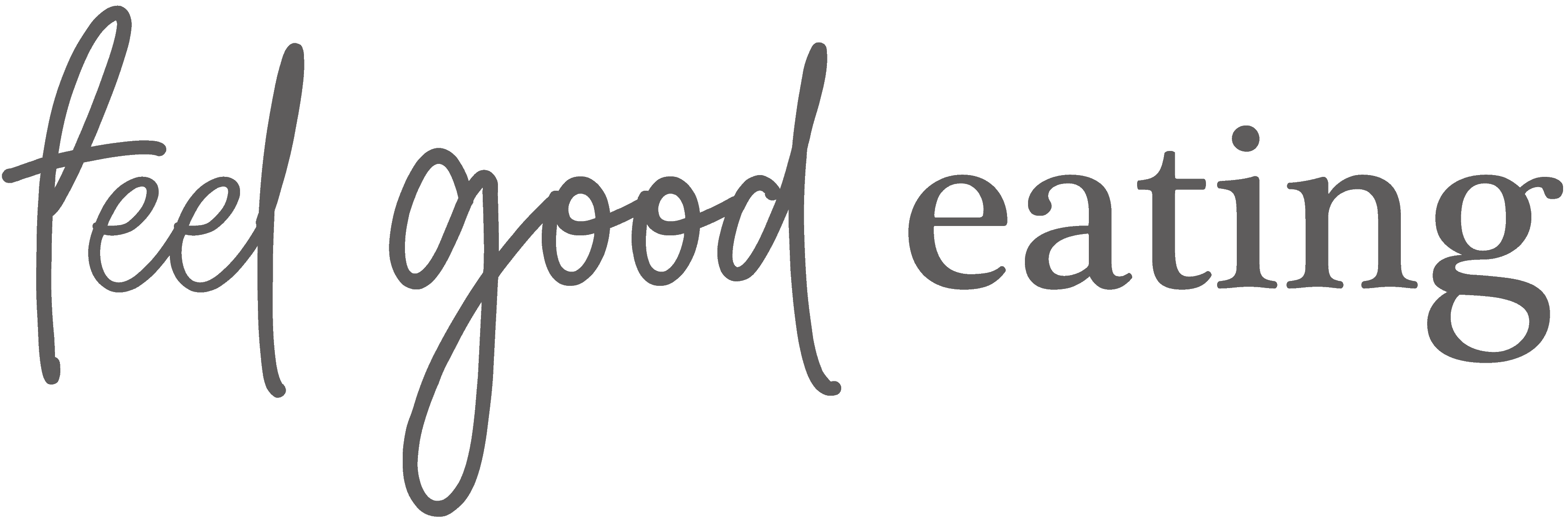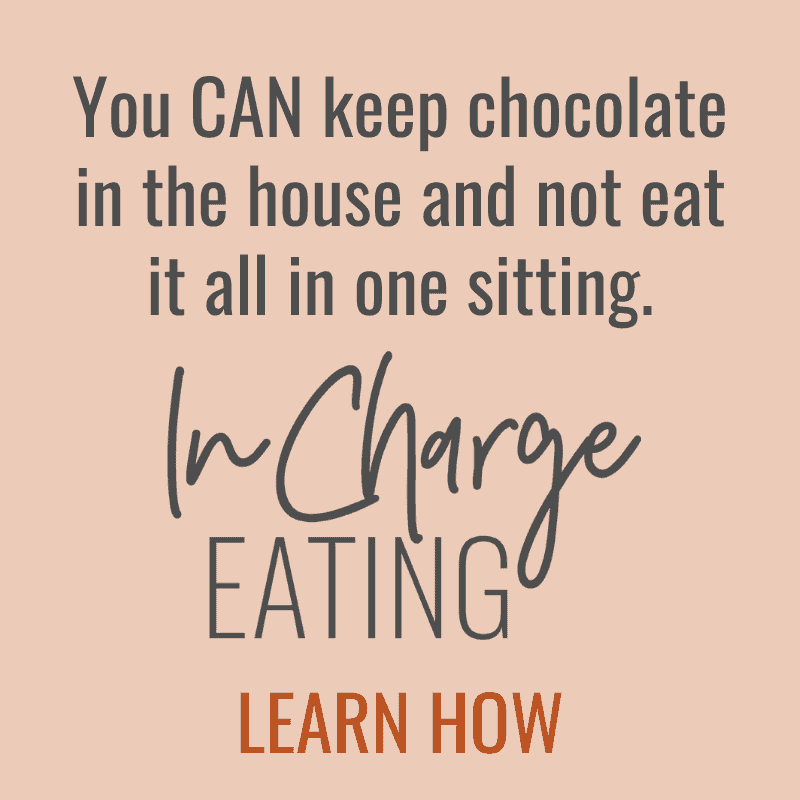Hunger is just hunger, right?
It’s that thing you feel when you need to eat?
Technically, yes.
But being a human for a number of years now ?, you may have noticed that you don’t just eat ‘for fuel’ or to quell physical hunger.
Because of this, the other reasons we reach for food, often get labelled as a type of ‘hunger’.
The one I find most people are interested in is emotional hunger. Or more specifically, wanting to understand emotional hunger vs physical hunger.
Hunger often gets formally defined as; “A feeling of discomfort or weakness caused by lack of food, coupled with the desire to eat.” OR “Having a strong desire or craving for.” Keep these in mind as we explore the different types of hunger we might experience…
Physical hunger
Physical hunger is sometimes referred to as biological hunger, physiological hunger or stomach hunger (noting that this type of hunger isn’t isolated to only being felt in the stomach).
Physical hunger is considered a motivational state and shows up in our body in a range of physical sensations with the aim of getting us to pay attention and take action – that is – to eat! And, eating is the only way to resolve this type of hunger.
Physical hunger is the type of hunger we associate the classic descriptors of a gnawing or empty or rumbling feeling in the stomach. But physical hunger can also be experienced as a headache or shakiness or tightness or an acidic feeling in the throat and chest (to name just a few), or it can be felt as a combination of these sensations.
Emotional hunger
Emotional hunger is the desire or craving for food that is generated by an emotion we are experiencing.
Typically we think of emotional hunger or emotional eating as happening in response to a negative or unpleasant emotion – like sadness, frustration, boredom, anger. But this type of eating can also happen in response to positive or pleasant emotions such as excitement and joy.
Other types of hunger
There are a couple of other types of ‘hunger’ that I talk with clients about.
Taste hunger
Taste hunger is the name to describe what happens when you feel like eating something because it sounds appealing (e.g. when you read the description on a menu), it looks good or you can imagine it is going to taste good.
This type of hunger doesn’t generally originate from feeling physically hungry. It comes from a place of wanting to experience pleasure from eating.
The classic example of taste hunger is when you want to have dessert even though you feel comfortably full and satisfied from the meal you have just eaten.
Practical hunger
Practical hunger is not really hunger at all based on the definitions we have been working with, but it got lumped in with the rest of them by Intuitive Eating founders Evelyn Tribole and Elyse Resch because it describes a very real and valid way we can find ourselves eating.
Practical hunger occurs when you are not feeling physically hungry, but you know that if you don’t eat now you will be overly hungry at a later time when it is not convenient or you are unable to stop and eat. For example, when you have a meeting that runs over your lunch break.
In those instances what is sensible, practical and an act of self-care, is to eat (it could be a snack or a meal) before the meeting to tide you over.
Practical hunger is eating in anticipation of future physical hunger – a bit like an insurance policy.
How do you tell the difference between emotional hunger vs physical hunger?
You might have seen those comparison tables on Google like these:
These can offer a starting place to understand some differentiations, AND in reality, discerning emotional hunger vs physical hunger is not as clear cut because the way in which our body manifests physical hunger often has emotions attached – anyone who has described themselves as ‘hangry’ can attest to that!
If you notice that you also feel irritable, grumpy or anxious in addition to having a rumbly or gnawing stomach, this is an example of how we can find ourselves feeling discomfort caused by lack of food plus a desire to eat that is being driven by emotion.
The other thing that can complicate matters is that our emotions aren’t just a collection of words like sad, frustrated, excited, nervous.
We feel emotions as physical sensations in our body.
For example, the physical sensation of gnawing in your stomach could be hunger, or it could be that you are feeling anxious.
Rather than creating another table that separates physical and emotional hunger into two completely isolated experiences, I have conceptualised how physical, emotional and also taste hunger intersects and differ in the diagram below.
Here’s what might be different between physical hunger and emotional hunger:
Physical hunger:
- Physical sensations build gradually and become more intense with time
- Sensations will be felt a few hours after you last ate
- Eating enough resolves the physical sensations for a few hours
Emotional hunger:
- You can notice that you are seeking comfort or distraction or numbing from the food you are craving
- Physical sensations come on suddenly
- Eating only helps temporarily
- You can feel unsatisfied even though you are physically full
But what is similar between physical hunger and emotional hunger is that:
- You may have eaten within the last hour when the sensations/cravings occur
- Sensations can be felt anywhere in the body
- There is an urgency, you have to eat NOW
- You might notice you are eating quite quickly
Where the lines can get blurry between physical and emotional hunger is when you ignore physical hunger for too long. The experience of ravenous physical hunger can feel a lot like emotional hunger. For people who have an on-again, off-again relationship trying to watch what they eat or have diet-cycled, their spectrum of hunger can often become blunted where they can only really tell when they are ravenously hungry, which makes it even trickier to work out if they need to meet a physiological need or an emotional one.
Let’s not forget taste hunger! Emotional hunger and taste hunger are similar in that you typically notice that you are craving a specific food.
I talk through the diagram more in this video. (You can turn captions on and speed up or slow down the video if you find either of those helpful).
To take a deeper dive into our biology as it relates to physical and emotional hunger, what drives physical and emotional eating and how you can become more skilled at discerning between the two in YOUR body, you should definitely check out my online program In Charge Eating.
And if you’re curious about the different types of hunger you might expect to experience as you begin Intuitive Eating, check out this great article by Tracy Brown, RD.




 Hi! My name is Nina.
I’m a Certified Intuitive Eating Counsellor taking the ‘diet’ out of Dietitian. I am here to help you reject diet culture, tune into your body’s own inner wisdom about how to truly nourish yourself and ultimately feel good eating™
Hi! My name is Nina.
I’m a Certified Intuitive Eating Counsellor taking the ‘diet’ out of Dietitian. I am here to help you reject diet culture, tune into your body’s own inner wisdom about how to truly nourish yourself and ultimately feel good eating™ 
